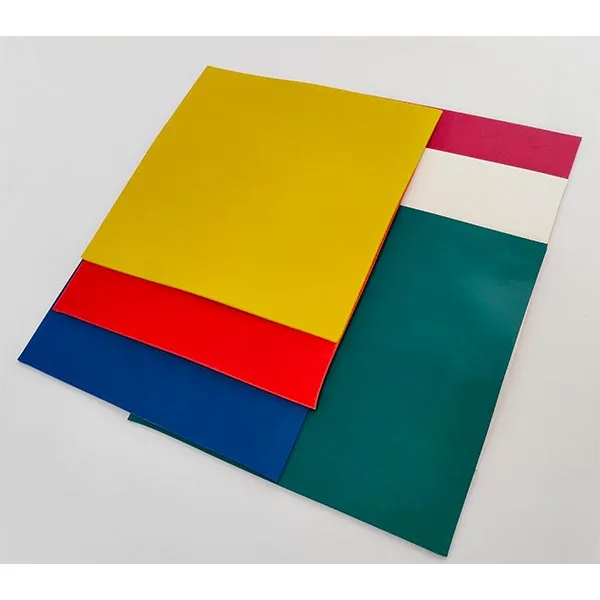edge banding tape
Understanding Edge Banding Tape A Comprehensive Overview
Edge banding tape is an essential component in the woodworking and furniture manufacturing industries. It serves both functional and aesthetic purposes, creating seamless transitions between surfaces and enhancing the overall appearance of furniture. This article delves into the characteristics, types, applications, and benefits of edge banding tape.
What is Edge Banding Tape?
Edge banding tape is a thin strip of material applied to the exposed edges of panels, particularly those made from particle board, MDF (medium-density fiberboard), or plywood. It is designed to cover the raw edges, preventing moisture absorption, enhancing durability, and ensuring a polished look. The tape is available in various materials, including PVC, ABS, melamine, and veneer, each offering unique properties suitable for different applications.
Types of Edge Banding Tape
1. PVC (Polyvinyl Chloride) This is one of the most common types due to its versatility and durability. PVC edge banding is resistant to moisture, heat, and chemicals, making it an excellent choice for kitchen and bathroom furniture.
2. ABS (Acrylonitrile Butadiene Styrene) ABS edge banding is known for its impact resistance and flexibility. It is often used in high-quality furniture where a robust finish is required. Additionally, ABS materials are more environmentally friendly compared to PVC.
3. Melamine This type of edge banding often comes pre-laminated with designs that can perfectly match the panel surfaces. Melamine edge banding is primarily used for decorative purposes and is available in various colors and patterns.
4. Veneer Veneer edge banding consists of thin slices of natural wood and provides an authentic wood appearance. It is often used in high-end furniture where aesthetics are paramount. Veneer edge banding requires careful application, as it is more delicate than its synthetic counterparts.
Applications of Edge Banding Tape
edge banding tape

Edge banding tape finds its usage across a multitude of settings. In the furniture industry, it is commonly used in the production of cabinets, tables, and shelves. Additionally, it is essential in the DIY and home improvement sectors, as homeowners increasingly seek to refurbish or create their own furniture pieces. Craft projects and woodworking enthusiasts also employ edge banding to enhance the aesthetics and functionality of their creations.
Benefits of Using Edge Banding Tape
1. Moisture Resistance By covering the raw edges of boards, edge banding tape protects against moisture absorption, which can lead to warping or damage over time.
2. Improved Durability Edge banding adds strength to the edges of the panels, preventing chipping and breaking during handling or use.
3. Aesthetic Appeal Edge banding tape allows for a clean and professional finish, enhancing the visual appeal of furniture. With various colors and materials available, it is easy to match the edge banding to the overall design.
4. Cost-Effective Compared to traditional solid wood edging, edge banding tape offers a cost-effective solution for achieving a high-end look without the expense of solid wood.
5. Ease of Application Most edge banding tapes can be easily applied using adhesive, heat, or laser technology, making the process accessible even for DIY enthusiasts.
Conclusion
Edge banding tape is a fundamental element in modern woodworking and furniture manufacturing. Its ability to enhance durability, provide aesthetic value, and protect against moisture makes it invaluable in creating high-quality furniture. As materials and technologies advance, the future of edge banding tape continues to evolve, promising even better options for both manufacturers and consumers alike.
-
Silicone Seal Strip: The Ultimate Solution for Your Sealing NeedNewsNov.01,2024
-
Keep the Heat: The Importance of Seal for Oven DoorsNewsNov.01,2024
-
Essential Guide to Corner Protectors for Your FurnitureNewsNov.01,2024
-
Enhance Your Home with Silicone SolutionsNewsNov.01,2024
-
Efficient Maintenance of Melamine Sealing StripsNewsNov.01,2024
-
Comparison of Different Edge Sealing ProcessesNewsNov.01,2024
-
Types of Door Bottom Seal Strips and Their Best UsesNewsOct.25,2024